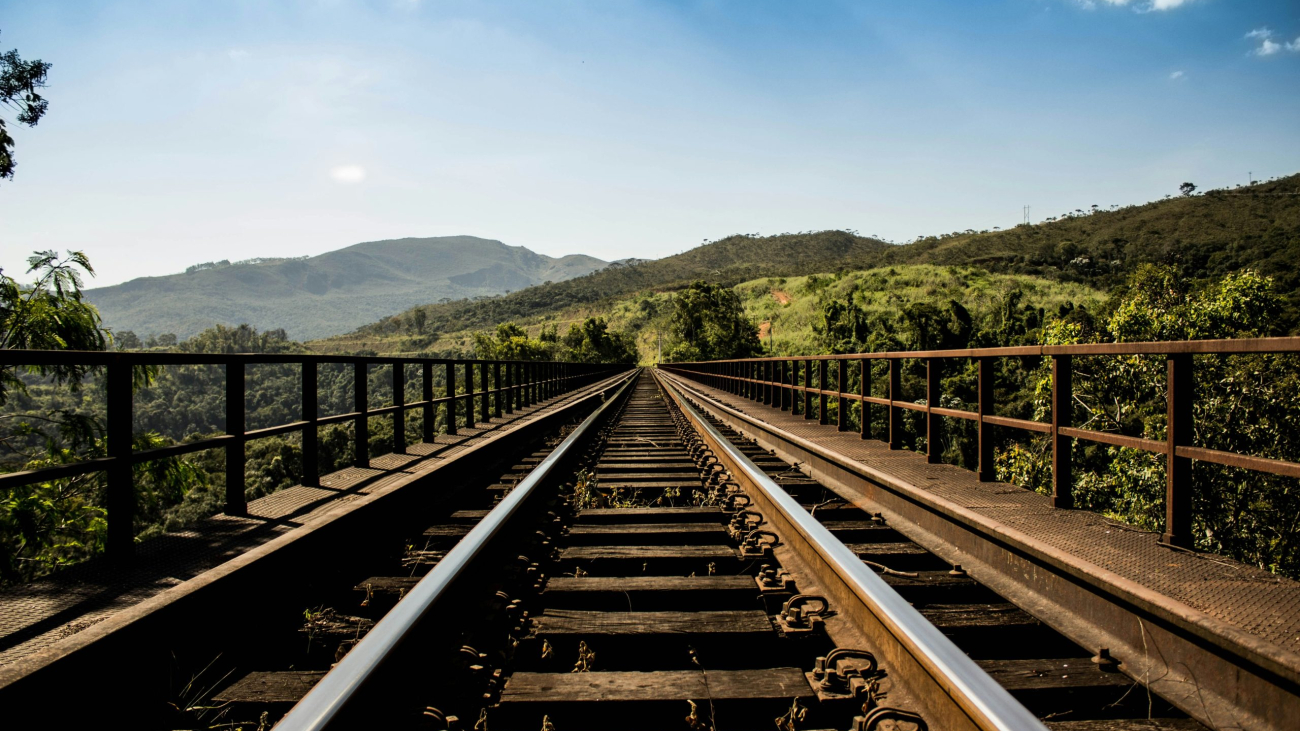If you are modeling any time period prior to the 1980’s on your train layout then you are probably placing a caboose on the end of your trains. Do you know the reason for a caboose being placed on the end of a train? The caboose served a definite purpose, so if you want to operate your model railroad like the prototypes, then you need to learn the ins and outs of caboose operations.
The purpose of the caboose was to serve as a shelter for a portion of the train crew. The conductor and the brakeman used the caboose as an observation platform to watch over the train while it was in motion and as an office to keep the essential paperwork regarding the train. Inside the caboose there as a pressure gauge to monitor the train’s brakes and a brake valve which could be used to stop the train in an emergency. The caboose even served as living quarters for the train crew when they were away from their home terminal. The inside was furnished with a table, benches, beds, a sink, a stove and an ice box. The other purpose of the caboose was for train protection toward the rear of the train.
For successful caboose operations, you need to have a dedicated “Caboose Track” in your main freight yard. This track may be close to the engine servicing terminal or next to the yard classification tracks. This dedicated track is specifically used for the storage and servicing of your model railroad’s caboose fleet. Ideally, the caboose track would be double ended as opposed to a stub-end track. This way the yard engine can access both ends of the caboose track.
Many model railroaders enjoy switching freight cars on their layouts. Adding caboose operations to your layout allows you to switch cabooses between the Caboose Track and the trains that stop in the yard. The prototype railroads assigned conductors to a specific caboose. This meant that when a conductor was called for duty, their caboose was then assigned to be attached to the train they were in charge of.
You can model a freight yard as a division point terminal where train crews go on and off duty. As a train pulls into the yard, the yard engine will have to pull the caboose off the end and take it over to the Caboose Track. The yard engine will then have to get the caboose belonging to the next assigned conductor of the train and place it on the end of the train before it departs the yard for its next destination. To do this you will need to have enough cabooses on your layout to accommodate every train you plan to run on your layout. You can then specifically assign some cabooses to trains going east and some cabooses to trains going west.
You can even run one train into your yard with two or three cabooses on the end. The only caboose with an actual crew inside of it will be the one on the very end of the train. The extra cabooses in the train are being brought to your terminal for storage in anticipation of an influx of freight traffic due to a particular shipping season for your model railroad (i.e. perishable fruit or livestock runs).
These are just a few of the ways you can increase your interest in operating your model railroad. It is a good way to justify the purchase of additional cabooses to expand your fleet. Adding realistic caboose operations to your model railroad will provide a purpose to placing a caboose on the back of the train other than “it’s just the thing to do” approach.


